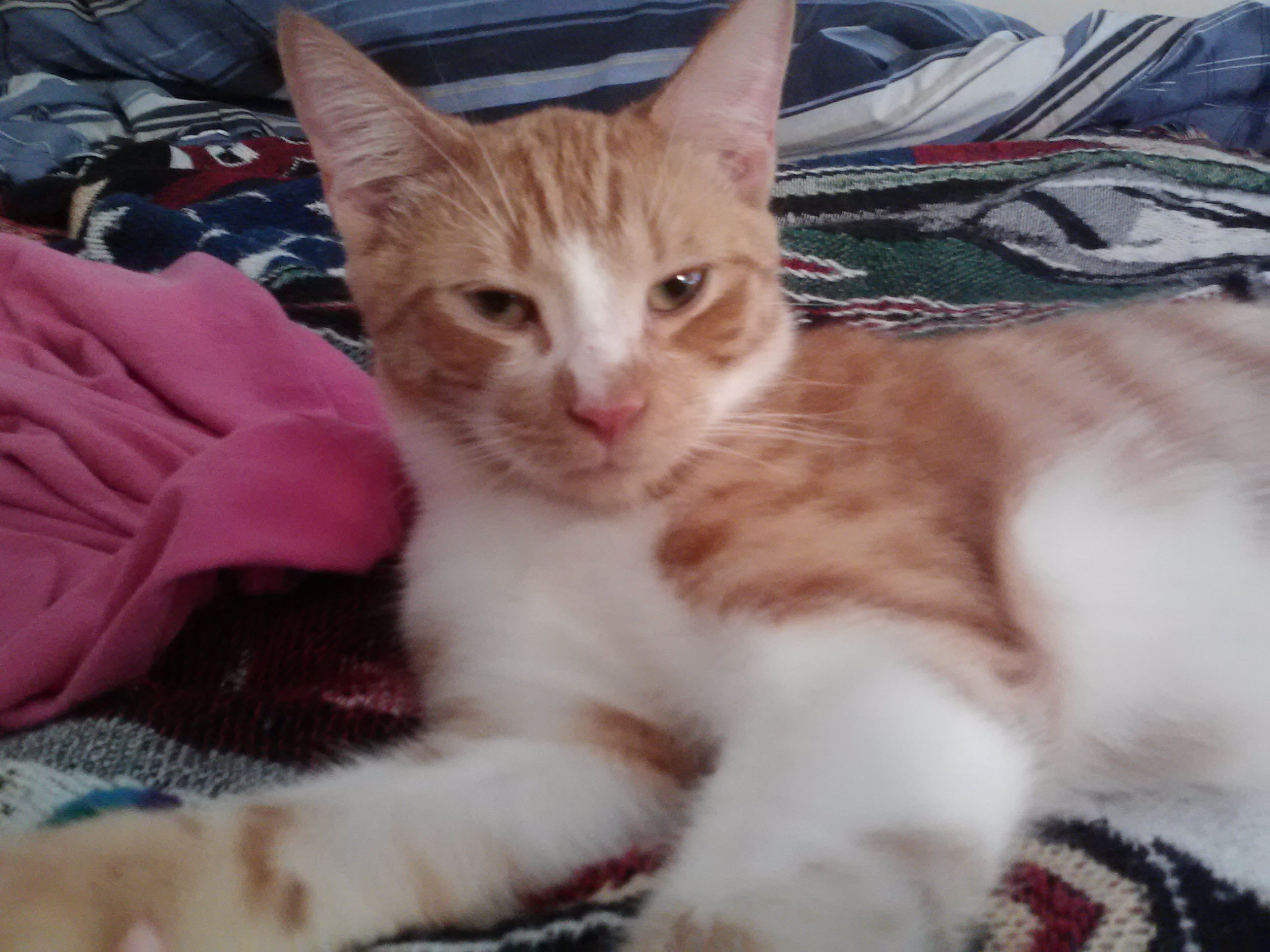
When I decided to turn my love and passion for animals into a full-time career, I sat down and thought about some ways I could set myself apart from your “average” pet sitter. That thought process lead me to become a Certified Pet Sitter. While I learned many important aspects of cat and dog health, the most valuable knowledge I became aware of was general First-Aid.
If you are a pet owner and are not familiar with First-Aid for your pet, there are a few simple things you can do that could save your pets life until you can get them treated by your veterinarian.
Because this is such vital topic I am going to discuss this in two separate articles. We’ll start with basic cat First-Aid.
My first piece of advise is to try and stay calm.
Take some deep breaths and try to focus on the situation and what you can do immediately to help your cat. I know, easier said than done, right? Trust me, I’ve been in emergency situations with pets myself and it can be very hard to keep your emotions in check and not let your personal feelings take over the situation. Your cat will sense your alarm and that may make it impossible for you to administer the proper aid she needs.
My second piece of advise is to carry a basic First-Aid kit in your car.
You may already have one but here are some items you may not have thought of including in case of emergency for your pet:
- Tweezers with a sharp point
- Rectal Thermometor
- Scissors with a small-blunt point
- A roll of sterile gauze
- Eye dropper
- Any medical conditions and a list of your pet’s medicines including dosage (This will be critical if you have to take your cat to an emergency hospital that is not familiar with your cat’s medical history.)
- Also have the ASPCA’s 24/7/365 poison control center number taped to the inside of the lid of the kit: 888-426-4435

If you are able to get a reading on your cat’s vital signs, the normal ranges are:
Temperature: 100.4-102.5 F
Pulse: 160-240 per minute
Respiration: 20-30 per minute
I think it is a great idea, if you can, to take measurements when your cat is healthy and relaxed and keep those numbers in your First-Aid kit. Even when your cat is perfectly home and at ease, getting a rectal temperature may be challenging. So just keep the above numbers in mind, or even jot them down and keep them in the kit as well.
If you do take your cats temperature, you will need a helper to complete the
process. Always use KY jelly or other water-soluble lubricant on the tip of the
thermometer.
The person helping you needs to gently grab the scruff of your cat’s neck and
hold her front legs still. After you have lifted your cat’s tail, insert the thermometer slowly and carefully into the rectum.
Don’t force it! Insert the thermometer slowly and carefully into the rectum about one inch and hold it in place until it beeps.
You should not attempt to take your cat’s temperature if she is having
difficulty breathing.

To take your cats pulse, find her femoral artery. Press your two first fingers against the inside of her upper hind leg. However, the pulse may not be able to be found on a obese cat. Count the pulse for 15 seconds, then multiply by four to get the beats-per-minute.
For breathing rate, count either inhalations or exhalations for 15 seconds, and multiply by four to calculate the breaths per minute. Rapid, labored, shallow or irregular breathing can help to determine how serious the situation may be:
Shock or lack of oxygen can be indicated by rapid breathing. Obstruction or severe chest injury may be indicated by shallow breathing. The most serious respiratory sign is irregular breathing, and may indicate the need for immediate veterinary attention.
Here are some helpful reminders if you ever find yourself in an emergency situation:
Due to pain and fright, injured animals may lash out.
If possible, wear gloves and protect your face. Approach your cat slowly and
softly.To prevent and struggling, wrap her in a blanket or towel. Place her in her carrier and take her to the veterinarian immediately. If at all possible, call your veterinarian before you arrive so they are aware of the situation.
In closing, if possible, practice basic first aid before your cat’s life depends
on it. If you’re prepared for an emergency, you’ll be in a much better position
to save your cat’s life.
Peace and Love are present in my world now,


 What Foods Can Make Pets Sick
What Foods Can Make Pets Sick







